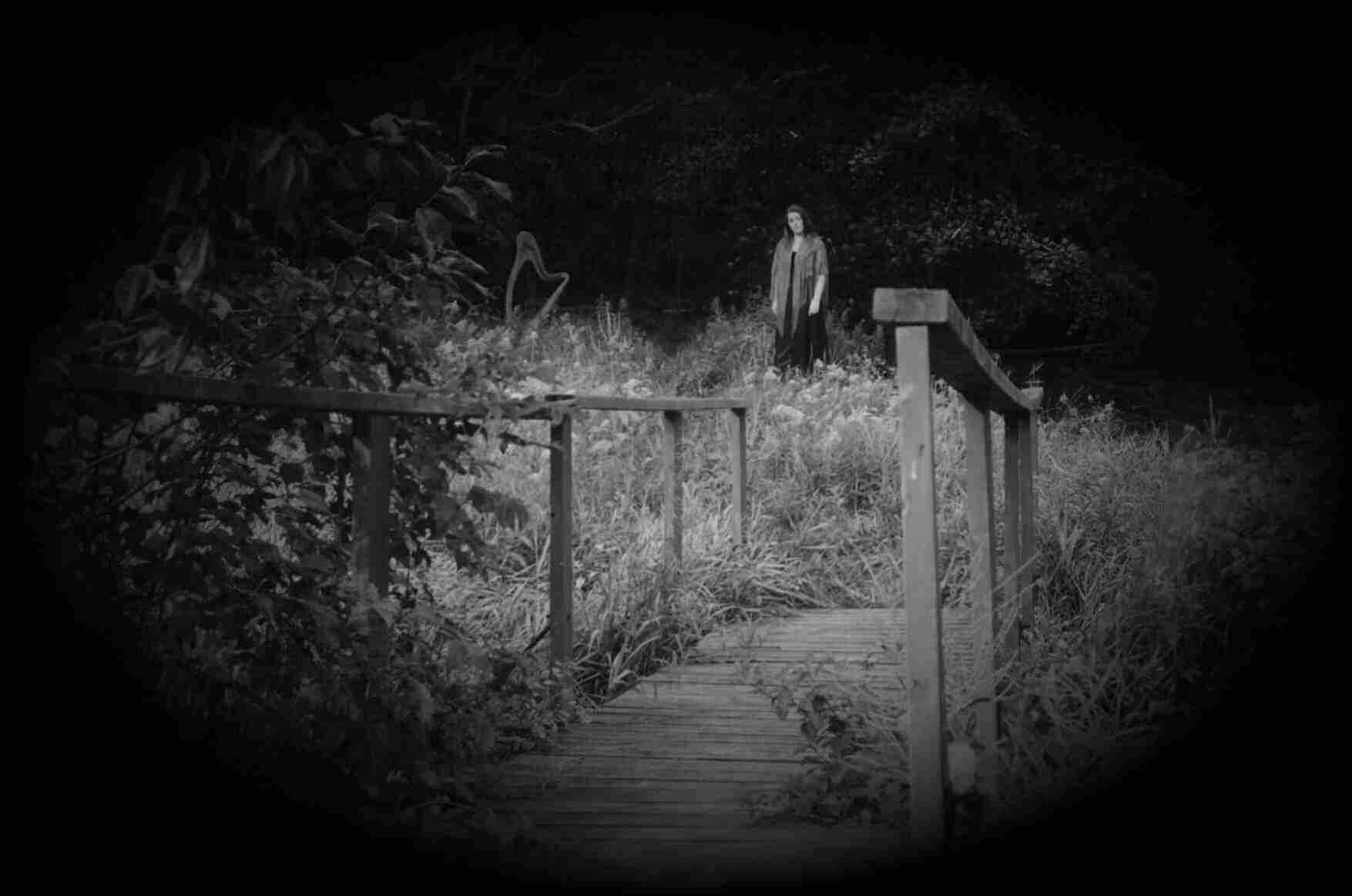A History of the Celtic Harp
 The harp, in its many forms, can be found in almost all world cultures, but recently it has become associated most in the popular imagination with the Celtic cultures of the Irish, Scots and Welsh. The Celtic harp was so central to the old Celtic culture, that it became intimately bound up with the myth and legend its players expressed.
The harp, in its many forms, can be found in almost all world cultures, but recently it has become associated most in the popular imagination with the Celtic cultures of the Irish, Scots and Welsh. The Celtic harp was so central to the old Celtic culture, that it became intimately bound up with the myth and legend its players expressed.
The history of the Celtic harp is the history of the Celtic people.
Among the ancient Celts, harpers--members of the druid class--were held in highest esteem as the guardians of Celtic culture and history. Their studies were intensive, a 21-year process of committing the history and music to memory. Knowledge was passed orally from master to student, as none of the texts or music was ever written down. Harpers were not so much entertainers as they were lawgivers, historians and journalists, responsible for keeping their communities cohesive and for preserving cultural identity.
As the Celtic tribes throughout Europe and into the British isles were conquered and assimilated under the Roman Empire in the first centuries AD, the position of harpers, the druid class and the oral tradition began to erode. The Celtic culture was all but erased later as Britain rose as an imperial power. Queen Elizabeth I enacted edicts against harpers, making it illegal for Welsh households to keep them. Cromwell went further. In Ireland he smashed and burned all harps and executed the harpers. Many harpers fled to Europe to save their lives.
By the time of Turlough O'Carolan (1670-1738), the vocation of harper had deteriorated to the vocation reserved for those who had no other means of supporting themselves–those born blind or struck blind by smallpox. These harpers traveled from town to town and from household to household, making their livelihood as itinerant entertainers.
Shortly after O'Carolan's time, the Celtic harp declined into near oblivion. Replaced as an instrument by the developing pedal concert or orchestral harp, its folk melodies were given over to fiddle and bagpipe. Much of its music was lost.
In the late 1800s a revival of old British and Celtic cultures began to happen among fashionable circles. Irish poets and writers like W. B. Yeats and Padraic Colum came to the fore of British literary culture. The PreRaphaelite Brotherhood of painters depicted romantic scenes from Arthurian legend and medieval tales. And Lady Gregory collected and translated from gaelic, myths and legends of the ancient Celts.
The Celtic harp at this time also revived, but the only harps available were brought in from Europe, gut-strung harps built similarly to the concert harp.
It has been only in the past 30 years, that scholarship combined with the enthusiasm of performers and builders alike have revived harps similar to those played by the old Celts. We are still unclear as to precisely how the old harps were played, and as to the nature of the old music. The modern "Clarsach" (Celtic Harp) can range from the portable lap harp to the full-sized floor harp, and these may be wire, gut or nylon strung. The "Clarsach" is often referred to as the small harp, to set it apart from the modern concert or orchestral harp. This label refers only to its relative size by comparison, and in no way is it intended to suggest that the "Clarsach" is a small concert harp. Its music, history and technique are unique to itself and bear little resemblance to the modern classical instrument. Modern day performers such as Alan Stivell, Alison Kinnaird, Sue Richards, Kim Robertson and Loreena McKennitt among many others have done much to raise the profile of this unique instrument.
Photography by Robert McMaster
Site Design by Jennifer White ©Knockgrafton Productions 1998-2001
P.O. Box 23132, London, Ontario Canada N6A 5N9 | Phone/Fax: 519-438-3924
www.knockgrafton.com | jenwhite@knockgrafton.com
 The harp, in its many forms, can be found in almost all world cultures, but recently it has become associated most in the popular imagination with the Celtic cultures of the Irish, Scots and Welsh. The Celtic harp was so central to the old Celtic culture, that it became intimately bound up with the myth and legend its players expressed.
The harp, in its many forms, can be found in almost all world cultures, but recently it has become associated most in the popular imagination with the Celtic cultures of the Irish, Scots and Welsh. The Celtic harp was so central to the old Celtic culture, that it became intimately bound up with the myth and legend its players expressed.